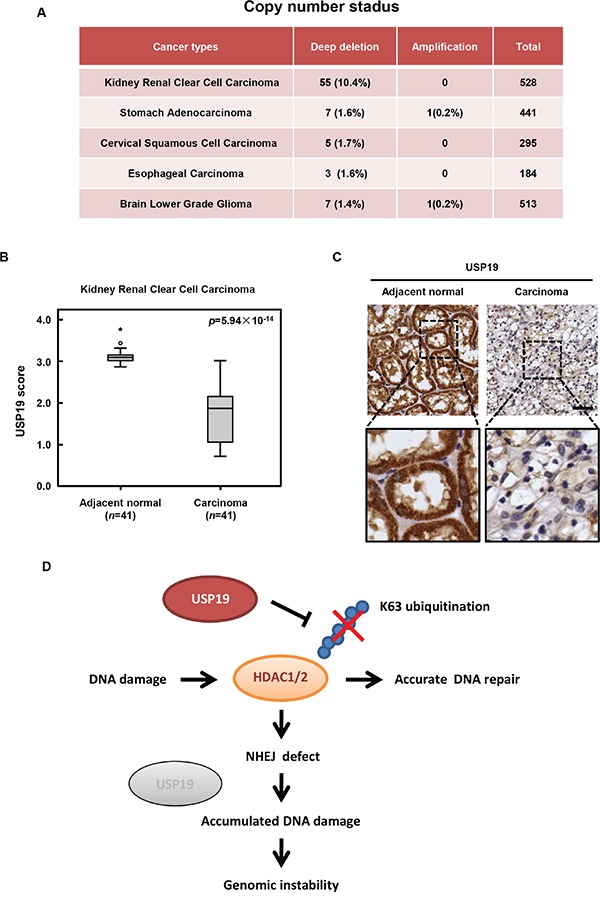Figure 6. USP19 expression in human cancers and schematic presentation roles of USP19 in DNA damage response.

A. Copy number status of USP19 in various types of human tumor samples from the database of cBioportal for cancer genomics ( http://www.cbioportal.org/index.do. Data source which contains more than 150 clinical samples that are mostly based on TCGA were analyzed, including kidney renal clear cell carcinoma (TCGA provisional), stomach adenocarcinoma (TCGA Nature, 2014), cervical squamous cell carcinoma (TCGA provisional), esophageal carcinoma (TCGA provisional) and brain lower grade glioma (TCGA provisional). B. The tissue array of kidney renal clear cell carcinoma was performed by immunohistochemistry with anti-USP19 antibody. USP19 expression was plotted using the score as described in the ‘Materials and Methods’ section. Outliers are indicated by open circles, extremes by asterisks. C. Representative images from immunohistochemical staining of USP19 in adjacent normal tissue and kidney renal clear cell carcinoma; scale bar, 50μm. D. Schematic presentation roles of USP19 in DNA damage response. In response to IR irradiation, USP19 translocate into nucleus and physically interacts with HDAC1/2 for regulating their K63-linked ubiquitination and involves in NHEJ mediated DNA repair. Due to the defect in DNA repair, cells with USP19 depletion showed accumulated DNA damage which would lead to the formation of chromosome error and finally contribute to genomic instability and even tumorigenesis.
